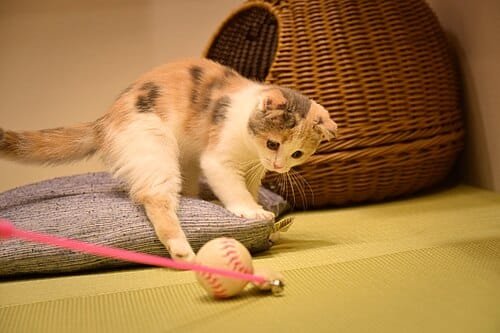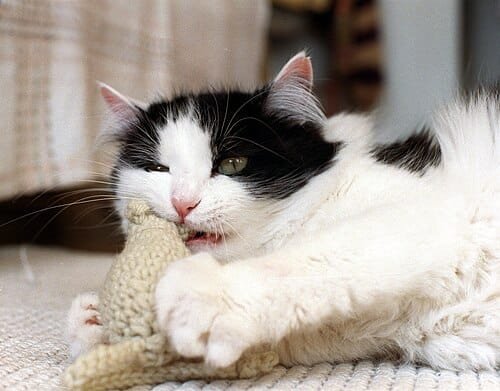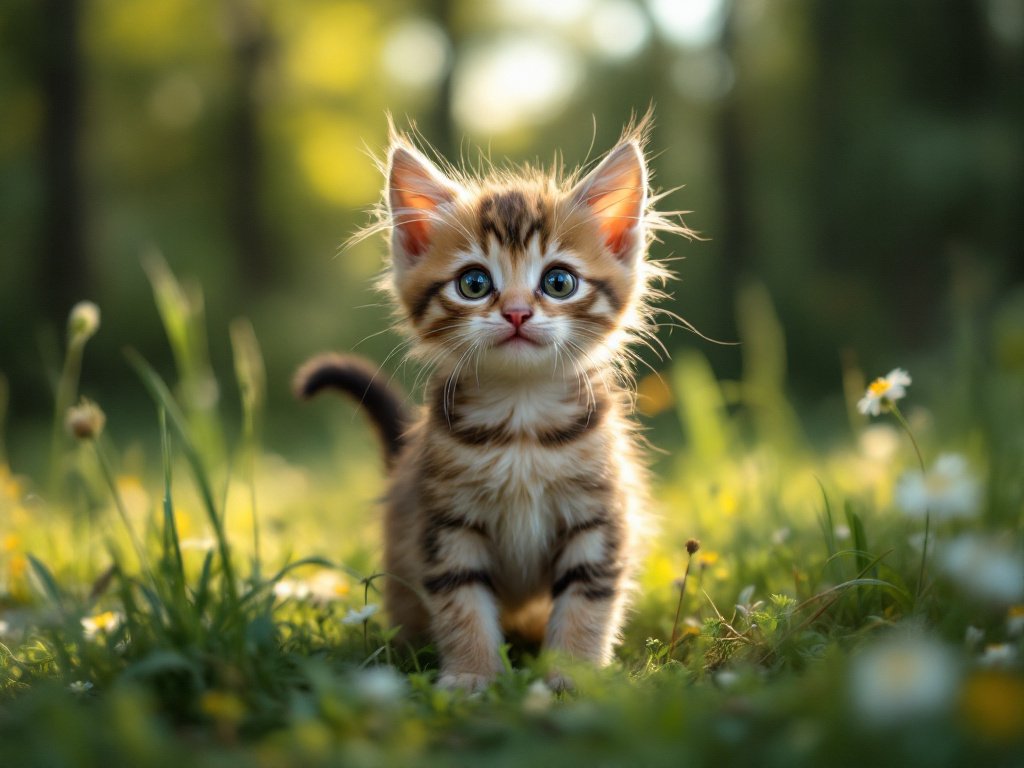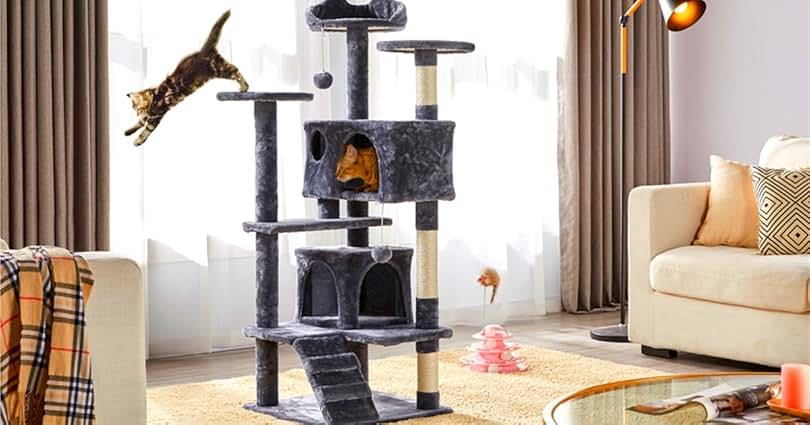Post Disclaimer
Catopedea shares information for educational and general interest purposes only. Our content is not a substitute for professional veterinary advice, diagnosis, or treatment. Always consult a licensed veterinarian for concerns about your cat’s health, diet, or behavior.

Introduction
Kittens are little bundles of energy, curiosity, and mischief. From racing across the room to diving into their litter box for no apparent reason, their playtime habits can both entertain and puzzle us. As a cat parent, you might wonder: How much playtime does a kitten need? Why does my kitten pant after playing? And why on earth is my kitten playing in the litter box?
This guide will cover everything you need to know about kitten play behavior the good, the quirky, and even the concerning. By the end, you’ll know how to encourage healthy play, stop unwanted habits, and recognize when your kitten’s behavior might signal something more serious.
Why Play Matters for Kittens
Play isn’t just about burning energy it’s vital for a kitten’s development. Through play, kittens:
- Learn hunting and survival skills.
- Build coordination and muscle strength.
- Develop social behaviors with humans and other cats.
- Relieve stress and prevent boredom.
Without enough stimulation, kittens can become destructive, anxious, or overly rough in their interactions.
How Much Play Time Does a Kitten Need?

One of the most common questions cat parents ask is: “How much play time does a kitten need?”
- Young kittens (8–12 weeks): 3–5 short play sessions (5–10 minutes each) per day.
- 3–6 months: 2–3 longer play sessions (15–20 minutes).
- 6+ months: At least 30–60 minutes of active play spread throughout the day.
Remember: kittens have bursts of high energy but tire quickly. It’s better to do multiple shorter play sessions than one long one.
Why Is My Kitten Panting After Playing?
Seeing your kitten panting with their mouth open after zooming around can be concerning. Panting in cats isn’t as normal as it is in dogs, but it can happen after intense exercise.
Normal panting after play:
- Short-lived (resolves within a few minutes).
- No other symptoms (wheezing, coughing, lethargy).
- Happens after a vigorous chase or play session.
When to worry:
- Panting happens frequently or lasts more than 5 minutes.
- Your kitten also shows signs of distress (drooling, hiding, lethargy).
- Panting occurs at rest or while sleeping.
If panting looks unusual, consult your vet. It could indicate respiratory issues, heart problems, or overheating.
The Mystery of Kittens Playing in the Litter Box

Many owners are puzzled (and sometimes grossed out) when they see their kittens treating the litter box as a playground.
Why it happens:
- Exploration – Litter feels like sand, so kittens dig, roll, and play.
- Boredom – If not enough toys are available, the litter box becomes entertainment.
- Curiosity – Kittens love testing new textures.
How to stop it:
- Provide a variety of toys (wand toys, balls, tunnels).
- Increase play sessions to tire them out.
- Keep the litter box clean — kittens are less likely to play in a box that’s not fresh.
- Redirect with toys when you catch them in the act.
Pro Tip: Never punish your kitten. Gentle redirection works better and strengthens your bond.
Kitten Playtime Do’s and Don’ts
✅ Do:
- Use interactive toys like wand teasers and laser pointers.
- Offer solo-play toys (balls, kicker toys) for when you’re busy.
- Rotate toys to keep things interesting.
- Provide scratching posts and climbing structures.
❌ Don’t:
- Use your hands or feet as toys (this encourages biting and rough play).
- Force your kitten to play if they’re tired.
- Leave string toys unattended (choking hazard).
When Play Gets Too Rough
Sometimes kittens get carried away and play too aggressively — biting, scratching, or pouncing too hard.
Why kittens play rough:
- They’re practicing hunting skills.
- They lack boundaries without littermates.
- They’re overstimulated.
How to handle it:
- Redirect biting to toys immediately.
- End play sessions if your kitten gets too rough.
- Reward calm behavior with treats and affection.
FAQs About Kitten Play
1. How to play with kittens?
Use toys that mimic prey feather wands, toy mice, or laser pointers. Move the toy like real prey (zig-zag, hide, dart). End the session with a “catch” so your kitten feels satisfied.
2. How long to play with kittens?
Aim for 15–20 minutes per session, a few times a day. Very young kittens may only last 5–10 minutes before needing a nap.
3. How much to play with kittens?
At least 30 minutes a day, but active breeds may need more. Always follow your kitten’s energy levels.
4. How to stop a kitten from playing in the litter box?
Provide more toys, enrich their environment, and redirect when you catch them in the litter box. Avoid punishment — consistency works best.
5. Why is my kitten panting after playing?
Panting can be normal after intense activity, but if it’s frequent, prolonged, or accompanied by other symptoms, it’s best to see a vet.
Conclusion
Kittens are naturally curious and playful, but their behavior sometimes confuses us. Whether it’s panting after play, rolling in the litter box, or playing a little too rough, most of these behaviors are normal and part of growing up. With the right toys, enough stimulation, and gentle guidance, your kitten will grow into a healthy, happy, and well-adjusted cat.
Remember: Playtime isn’t just fun it’s how kittens learn, bond, and thrive.


